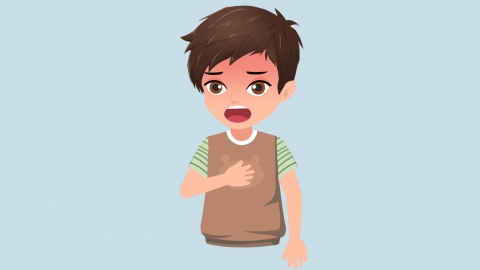How to quickly relieve a depressive episode
During a depressive episode, symptoms can be quickly alleviated through methods such as regulating breathing, shifting attention, physical activity, connecting with nature, and seeking companionship. Specific strategies are outlined below:

1. Regulate Breathing: Practice slow, deep breathing—inhale deeply until the abdomen rises, hold for 3 seconds, then exhale slowly, holding for 4 seconds. Repeat this cycle 5–10 times. Steady breathing helps relax the nervous system, reduce symptoms like palpitations and chest tightness, and relieve emotional tension.
2. Shift Attention: Engage in simple, manageable tasks such as tidying your desk, doing a puzzle, or listening to upbeat music. Redirecting focus away from negative emotions helps prevent falling into cycles of negative thinking. Concentrating on present-moment activities can reduce emotional stress.
3. Physical Activity: Perform 5–10 minutes of light exercise, such as marching in place, stretching, or walking. Physical movement promotes the release of endorphins, improves mood, and reduces feelings of heaviness and fatigue.
4. Connect with Nature: If possible, go to a balcony, sit by a window, or step outside to access sunlight and fresh air. Observe natural elements like green plants or clouds. The calming qualities of natural environments can help soothe emotions and reduce anxiety.
5. Seek Companionship: Reach out to a trusted family member or friend. Even without discussing emotions in depth, simple presence or casual conversation can provide emotional support, reduce feelings of loneliness, and help you recover more quickly from low moods.
These methods are only suitable for temporary symptom relief and cannot replace professional treatment. If depressive episodes occur frequently or symptoms are severe, it is essential to adhere to medical treatment as prescribed and attend regular follow-up appointments to adjust the treatment plan.





